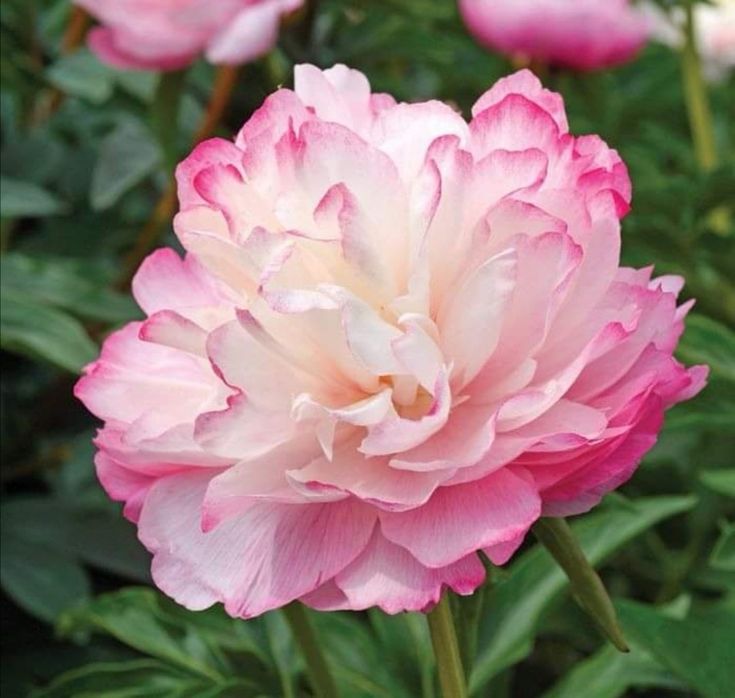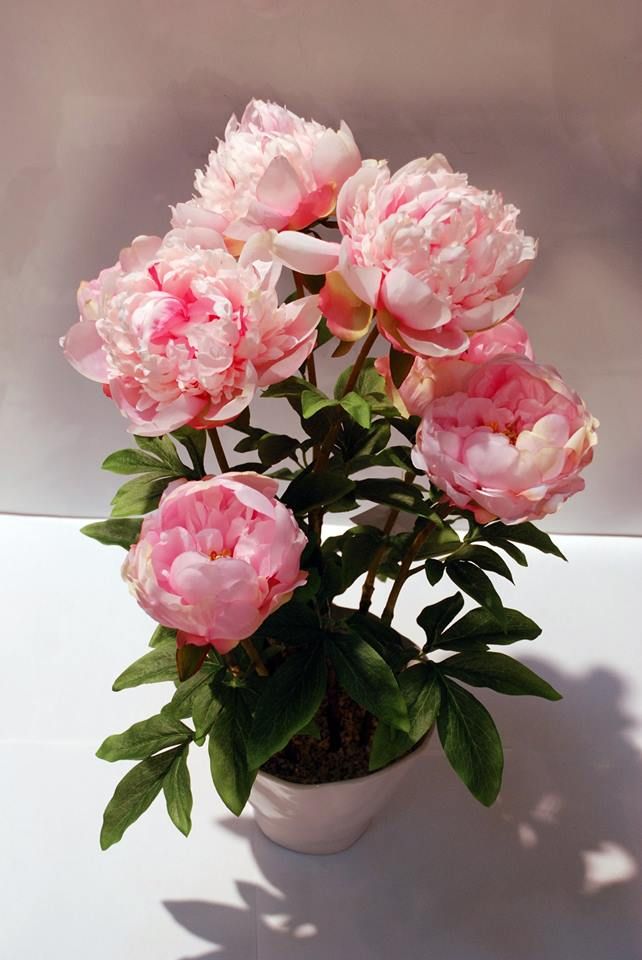Creating Natural Pest Repellents to Safeguard Your Peonies
Protecting your peonies from pests is crucial to ensure their health and longevity. Crafting natural pest repellents offers an eco-friendly alternative to conventional chemical pesticides, safeguarding your peonies while minimizing harm to beneficial insects and the environment. By using simple ingredients and proven techniques, you can effectively deter pests and keep your peonies thriving. Here’s how to craft natural pest repellents for your beloved blooms.








1. Homemade Neem Oil Spray
Neem oil is a potent natural insecticide and repellent derived from the neem tree (Azadirachta indica), renowned for its ability to repel a wide range of pests while being safe for beneficial insects. Here’s how to make a homemade neem oil spray for peonies:
- Ingredients:
- 1 tablespoon of neem oil
- 1 teaspoon of mild liquid soap (such as castile soap)
- 1 quart of warm water
- Instructions:
- Combine the neem oil and liquid soap in a spray bottle.
- Add warm water to the bottle and shake vigorously to emulsify the ingredients.
- Spray the neem oil solution onto the foliage of peonies, focusing on areas where pests are present or likely to feed.
- Reapply the spray every 7-14 days or after rainfall for continued protection against pests.
2. Garlic and Chili Pepper Spray
Garlic and chili pepper spray acts as a natural insect repellent, deterring pests with its pungent odor and spicy flavor. Here’s how to make a homemade garlic and chili pepper spray for peonies:
- Ingredients:
- 3-4 cloves of garlic
- 2-3 hot chili peppers
- 1 quart of water
- 1 teaspoon of mild liquid soap
- Instructions:
- Crush the garlic cloves and chili peppers and place them in a saucepan.
- Add water to the saucepan and bring the mixture to a boil.
- Remove the saucepan from heat and let the mixture steep for 24 hours.
- Strain the liquid into a spray bottle, discarding the solids.
- Add liquid soap to the bottle and shake gently to combine.
- Spray the garlic and chili pepper solution onto the foliage of peonies, focusing on areas where pests are active.
- Reapply the spray every 7-10 days or after rainfall for continued pest deterrence.
3. Diatomaceous Earth Barrier
Diatomaceous earth is a natural, abrasive powder made from fossilized remains of diatoms, which effectively controls pests by causing dehydration and physical damage to their exoskeletons. Here’s how to create a diatomaceous earth barrier around peonies:
- Instructions:
- Sprinkle food-grade diatomaceous earth around the base of peony plants, creating a protective barrier against crawling pests such as slugs, snails, and ants.
- Reapply the diatomaceous earth after rainfall or as needed to maintain effectiveness.
- Avoid applying diatomaceous earth directly to peony foliage, as it may cause irritation.
Conclusion
Crafting natural pest repellents offers a safe and effective way to protect your peonies from common pests without resorting to harsh chemicals. Whether you choose to make neem oil spray, garlic and chili pepper spray, or use diatomaceous earth, incorporating these natural remedies into your pest management routine can help keep your peonies healthy and pest-free, allowing them to thrive and bloom with beauty.
FAQs (Frequently Asked Questions)
- Are natural pest repellents safe for beneficial insects?
- Yes, natural pest repellents such as neem oil, garlic and chili pepper spray, and diatomaceous earth are generally safe for beneficial insects when used as directed. These remedies target specific pests while minimizing harm to beneficial insects such as bees and ladybugs.
- How often should I apply natural pest repellents to my peonies?
- The frequency of application depends on factors such as pest pressure, weather conditions, and the effectiveness of the repellent. In general, reapply natural pest repellents every 7-14 days or as needed to maintain pest control, especially after rainfall or irrigation.